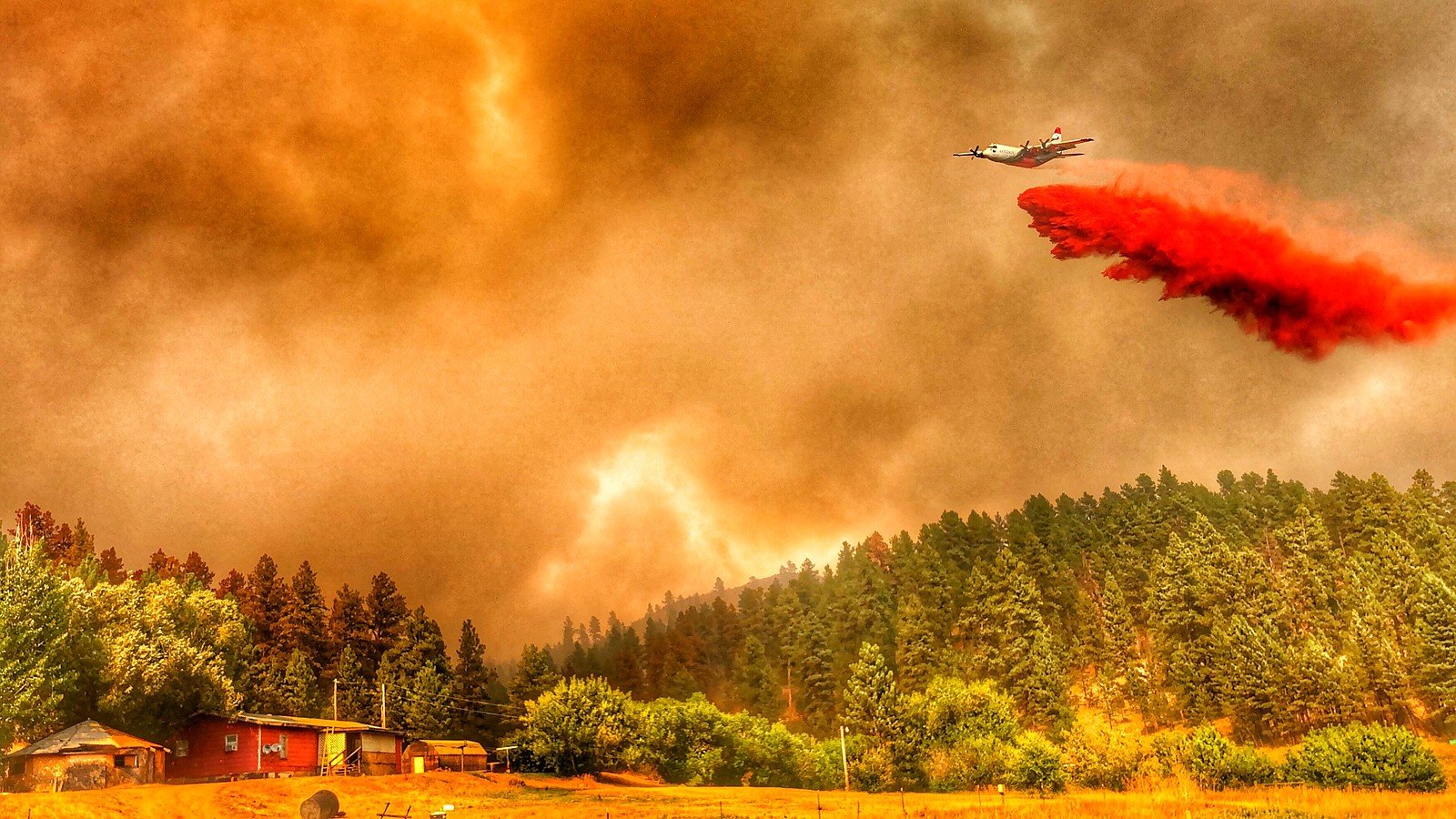
A new review of over 200 papers finds 'hydroclimate whiplash' has increased considerably, most likely due to the atmosphere's rising capacity for absorbing and retaining moisture.

The year 2024 was the world’s warmest on record globally, and the first calendar year in which global temperatures exceeded 1.5°C above its pre-industrial levels.

The climate crisis is driving an exponential rise in the most extreme wildfires in key regions around the world, research has revealed.

More than 300 forest and peatland fires are blazing across Indonesia, prompting government officials to ask people to work from home. A prolonged dry season has caused higher risks of wildfires.

According to the new paper, 16 of 35 planetary vital signs have now reached record extremes. That includes rises in the frequency of dangerous heat events, global tree cover loss from fires and the prevalence of the mosquito-borne dengue virus.

Wildfires in California over the past five years have claimed nearly 20% of the world’s largest Sequoias. Last year alone, forest fires claimed nearly 10,400 trees.

Extreme temperatures and serious wildfires getting to extreme proportions were recorded this summer in the northern hemisphere. Firestorms is a severe class of flames penetrating the upper limit of the troposphere.

The planet just recorded its hottest September since at least 1880. The data, most of which was released Wednesday, shows that 2020 is on track to be one of the hottest years on record.

the researchers conclude that the logging of native forest increases the risk and severity of fire. And in the case of the devastating 2019-20 fire season, logging likely had a profound effect.

Seasonal fires do break out around Chernobyl but the range of this fire from beginning to now has reached 50,000 acres which makes this wildfire the largest since the nuclear accident occurred in 1986.

When researchers surveyed historical records for evidence of comparable wildfire seasons — not just in Australia, but across the globe. They found nothing approaching the scope of Australia’s devastation.
NASA released a radar animation that shows smoke from the fires 6,800 miles away in Chile. The skies over Chile have turned grey and hazy. Argentina has also seen sunsets tinged with red from the smoke.

The Australian Bureau of Meteorology (BOM) has released its annual climate statement for 2019, and found that last year was both the hottest and driest on record for the continent.

Apocalyptic scenes are playing out across Australia as bushfires have burned millions of acres and ravaged more than 1,000 homes in New South Wales alone. The new normal is not only more lethal, it's also harder to predict.

If we combine all of the estimated deaths of koalas in Australian bushfires, there could be 1,000 koalas that have been killed in the last two months. The extent of the blaze means large tracts of the tree-dwelling koalas’ habitat has been destroyed.